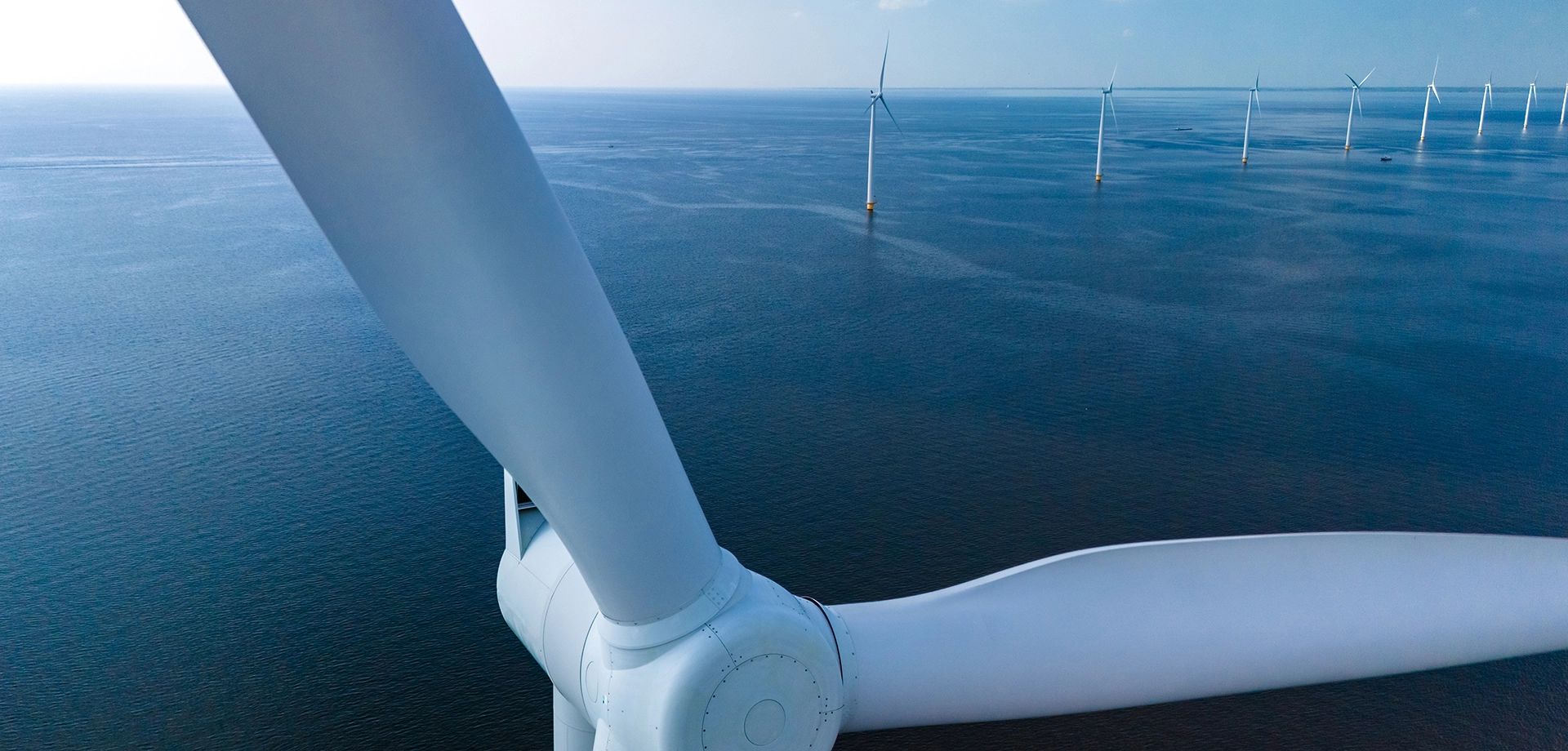The federal government’s offshore wind program notched another important victory on March 9, 2023, when the United States District Court for the District of Columbia dismissed a lawsuit seeking to overturn the New York Bight lease auction. The court found the suit was not ripe, building on court precedent established in relation to an earlier lease auction offshore New York.
The current lawsuit targeted the Bureau of Ocean Energy Management’s (“BOEM”) auction of six leases in the New York Bight.[1] The auction was the highest-grossing competitive offshore energy lease sale in U.S. history, generating roughly $4.37 billion in winning bids. BOEM had undertaken a multi-year effort to define the areas it ultimately offered for leasing. BOEM prepared an Area Identification Memorandum (“Area ID Memo”) that established Wind Energy Areas (“WEAs”) deemed appropriate for offshore wind development. From these WEAs, BOEM carved out the six leases it eventually offered for auction. BOEM announced the lease areas in its Proposed Sale Notice and issued an environmental assessment to comply with its obligations under the National Environmental Policy Act (“NEPA”). The auction occurred on February 22-25, 2022.
In January 2022, Save Long Beach Island (“SLBI”), a non-profit advocacy group aiming to protect the Long Beach Island coastline, challenged BOEM’s Area ID Memo. SLBI alleged that BOEM violated NEPA by failing to prepare an environmental assessment prior to issuing its Area ID Memo. SLBI also alleged that BOEM violated the Endangered Species Act (“ESA”) by failing to consult with National Marine Fisheries Service (“NMFS”) prior to designating the Wind Energy Areas. In response, BOEM argued that: (1) the NEPA and ESA claims were not ripe because BOEM had not made an irreversible and irretrievable commitment of resources and had not taken any action that may affect species listed as threatened or endangered under the ESA; (2) SLBI lacked standing because they failed to allege an injury traceable to the Area ID Memo; (3) the Area ID memo was not a final agency action because it is not the consummation of the agency’s decision-making process, nor does it determine any legal obligations, rights, or consequences; and (4) SLBI failed to provide BOEM the 60-day notice required by the ESA.
The Court agreed that, as a threshold matter, it lacked jurisdiction because both the NEPA and ESA claims were unripe. The Court explained that the NEPA claim is not ripe for review at the Area Identification stage because the Area ID Memo does not constitute an “irreversible and irretrievable commitment[] of resources to an action that will affect the environment” as required to be considered ripe under D.C. Circuit precedent. The Court emphasized that the Area ID Memo is not a final leasing decision constituting a “final agency action,” as the agency retains the right to issue smaller, fewer, and/or different lease areas or can determine not to issue any leases at all.
In support of its conclusion, the Court underscored that the D.C. Circuit expressly considered this issue in Fisheries Survival Fund v. Haaland, 858 F. App’x 371 (D.C. Cir. 2021) (per curiam).[2] There, the D.C. Circuit determined that the decision to issue a lease for an offshore windfarm off the coast of New York did not “by itself, authorize any activity within the leased area.”[3] The D.C. Circuit concluded that SLBI’s challenge to BOEM’s issuance of a lease was not ripe for review. Citing to the D.C. Circuit’s opinion, the district court in the New York Bight case found that a NEPA challenge to the Area ID Memo must be unripe because it occurs prior to the leasing stage discussed in Fisheries Survival Fund. The Court held that the NEPA claim cannot be “ripe, unripe, and then ripe again.”[4]
The Court also found unripe SLBI’s ESA claim alleging that BOEM failed to consult with NMFS regarding whether and to what extent the Wind Energy Areas could affect North Atlantic right whales and other endangered species. The Court explained that D.C. Circuit precedent “forecloses the possibility of ripeness” as the “completion of the first stage of a leasing program—before any action is authorized—does not cause any harm to anything because it does not require any action or infringe on the welfare of animals.”[5] The Court again reiterated that the Area ID Memo authorizes no real activity that could harm wildlife and, therefore, triggers no duty to consult NMFS under the ESA.
The Court’s opinion is another bulwark supporting BOEM’s offshore wind leasing process and the agency’s approach to complying with NEPA. While the opinion is the first substantive order in the current crop of offshore wind litigation cases, it does not address the adequacy of various agency approvals of applications related to the construction and operation of offshore wind projects. Several other cases involving approvals for the Vineyard Wind and South Fork projects are pending before the federal district court in Massachusetts, where a significant amount of ongoing offshore wind litigation is centered.
[1] See Bureau of Ocean Energy Management, New York Bight, https://www.boem.gov/renewable-energy/state-activities/new-york-bight.
[2] Bracewell LLP represented intervenor Equinor Wind US LLC in this case.
[3] Fisheries Survival Fund Haaland, 858 F. App’x 371, 372 (D.C. Cir. 2021) (per curiam).
[4] Memorandum Opinion at 12.
[5] Memorandum Opinion at 14 (citing Ctr. For Biological Diversity, 563 F.3d 466, 483 (D.C. Cir. 2009) (internal quotations omitted)).

